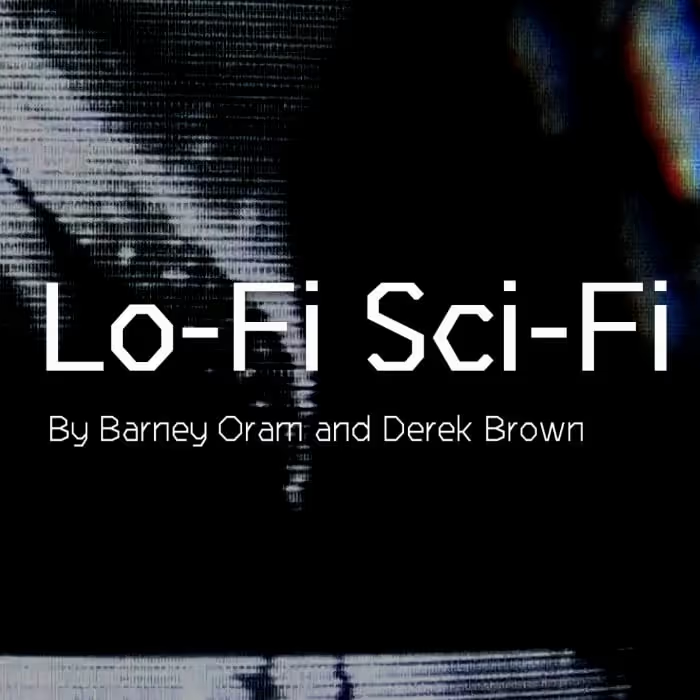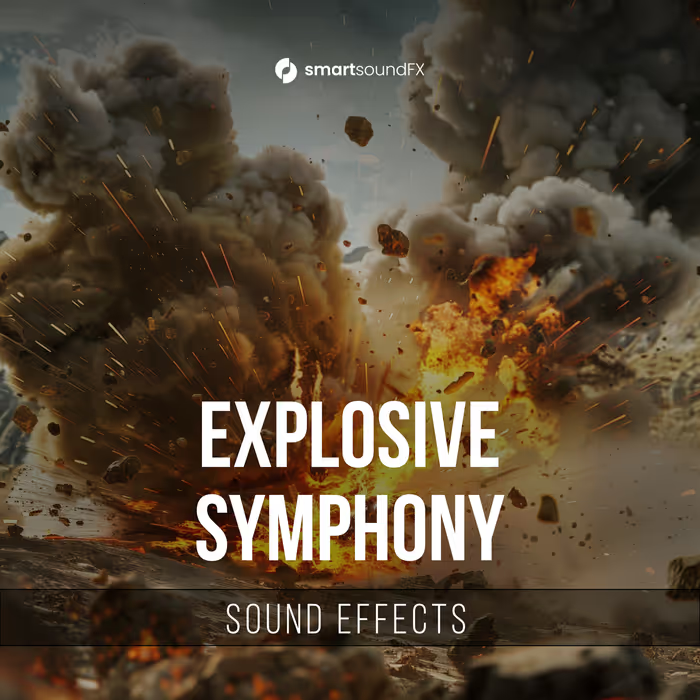We now design product sound on an unprecedented global scale. Our big technology platforms are also massive sound delivery platforms. I don’t mean the sounds of music and videos, but the sounds of the platforms themselves, their system sounds—the aural alerts, alarms, and notifications that surround us in the digital world. These sounds create a new kind of audio ecosystem, the global soundscape of technology.
As just one example, consider that the Windows 10 platform exists in 110 languages and on more than one billion devices. If each device plays a conservative average six system sounds per day, that works out to more than eight billion seconds of sound—the equivalent of 253 years—being put into the world each day. And this number doesn’t include other big platforms or the millions of additional apps, devices, and products that produce sound.
Think about all the device sounds you’ve been hearing over the last year. Now think about how they made you feel.
We know that environmental sound affects every aspect of our lives, which means those humble little system sounds are putting a lot of emotional energy into the world.
Think about all the device sounds you’ve been hearing over the last year. Now think about how they made you feel. If they have brought you annoyance, frustration or even anxiety, your experience is like that of many people. This tells us that we need to shift the way we think about the sound of our digital world.
It’s Alarming
Today’s fragmented soundscape of technology is the logical development of an outdated design model based on alarms, where loud sounds compete to capture attention. There’s a fine line between fighting for our attention and being simply distressing. Basic assumptions of the alarm model—like the idea that’s ok if we are sometimes annoyed—are so ingrained that they are often not recognized, even by experienced product designers.
Because we are hardwired to react to sudden sounds with a fight-or-flight startle response (which releases cortisol, increases heart rate, and changes breathing), it is no surprise that this design approach causes widespread anxiety, which has a direct impact on our mental and physical health. The modern world of device sounds has been described as a dystopian cacophony, full of noise and sonic clutter.
[tweet_box]Matthew Bennett created and shaped the sound of Windows, Skype & more – here are his aural visions for the future of product sound:[/tweet_box]
Meanwhile, the overwhelmingly visual nature of the digital world desensitizes us to input received from our other senses. In the choreography and flow of our hectic digital lives, we don’t immediately notice the negative impact these sounds are having on our body, our emotions, and our ability to concentrate.
We expect excellence in visual and hardware design, yet we’ve become accustomed to the idea that our technology often naturally sounds annoying.
We don’t realize that the sounds of the devices that surround us are making us less healthy, less happy, and less productive. This is bad for customers, bad for business, and bad for society. The last thing we need is more sounds competing for our time and attention.
Why do we accept this? We expect excellence in visual and hardware design, yet we’ve become accustomed to the idea that our technology often naturally sounds annoying. The alarm-based model of sound design hasn’t changed much in decades and lags generations behind its sister disciplines.
Pandemic Sounds
The pattern of annoying audio from our devices existed before COVID-19, but its negative impact has accelerated during the pandemic, as we receive even more email and instant messages, work longer days, and become even more dependent on our devices (and their sounds) as primary ways of connecting with the world. While our physical world has become significantly quieter during this time, our digital world has become even noisier.
Sounds originally intended to be heard during the workday and in professional and public spaces feel even more intrusive when heard within our homes and during times previously reserved for family and personal activities.
We can repair the global soundscape of technology with new sounds that are more beautiful, more functional, and more inclusive, but we will need to shift the way we think about product sounds.
Sound is powerfully connected to memory and emotion. Intuitively and involuntarily, it calls up layers of associations and the feeling of past experiences. After a year of working and learning from home, the notifications so many people have been hearing all day everyday may now simply be the new soundtrack of sadness, forever linked to the personal and cultural trauma we have experienced.
As part of the cultural healing process, these sounds will need to change. We can repair the global soundscape of technology with new sounds that are more beautiful, more functional, and more inclusive, but we will need to shift the way we think about product sounds.
Tuning the Future
As we consider the post-pandemic future of work and technology, we should also rethink the role of sound in the digital world. We must acknowledge the negative impact that the sounds of technology have had on our lives and on society. We need to establish healthier expectations and new cultural norms for these sounds.
We can reimagine the sound of the digital world by replacing old assumptions with a deeper understanding of the ways sound shapes our perceptual experience. We can tune the sounds of technology to blend more seamlessly into the rhythm of our daily lives.
Instead of continually distracting and hijacking our attention throughout the day, a human-centered soundscape provides information gently from the periphery when needed, creating a calm emotional texture that supports focus. Instead of anxiety and fragmentation, a healthier soundscape creates more moments for reflection, integration, delight, and even joy.
We need to think less about sound design and more about sensory design.
We can begin healing the dysfunction and disparity in our current sound system by embracing a more holistic perspective grounded in human sensory experience—in the ways people actually feel sound-in-context. We need to think less about sound as simply hearing and more about sound as a vital thread in the multisensory tapestry of perception and feeling. We need to think less about sound design and more about sensory design.
Coming to Our Senses
Contrary to conventional thinking, our senses are not separate channels, they continually converge and overlap. We always experience sound as part of a multisensory web of perception. Because we respond to sound more quickly than to our other senses, it plays a crucial role in orchestrating the physical and emotional texture of sensory experience. Sound shapes what we see, what we touch, and how we feel about it.
Moving from sound design to sensory design means tapping into the wisdom of these intuitive processes to create moments that resonate more deeply with the body and mind. It means imagining new kinds of sound design languages that cut through the noise to connect people and technology in deeper, more natural ways.
As physical energy, sound is vibration that travels through air, part of the spectrum of vibration we feel and hear—not just with our ears, but with our bodies, especially our skin (sound is literally touch from a distance). As psychological energy, sound is a carrier of emotion, interacting with imagination and memory. The vibrations of sound surround us and connect the exterior physical world with our interior emotional world.
The sensory model is less about sound and hearing, more about sound and feeling. It’s less about individual, discrete sounds that demand attention and more about sound seamlessly integrated with experience. It is less concerned with designing isolated sonic events and more with weaving a connected soundscape. The best sounds are usually the ones we don’t hear, we simply feel them because they blend into the texture of our life.
In the sensory model, quiet is beautiful—and more functional. We design silence. In fact, quiet sounds are often the most effective. As louder sounds fight for attention, they create distraction and resistance. But quiet sounds blend more seamlessly to help choreograph calmer and more fluid rhythms of experience. Instead of competing to be at the center of attention, sensory sound works gently from the periphery, expanding the depth of cognitive and digital space.
In the sensory model, quiet is beautiful—and more functional. We design silence. In fact, quiet sounds are often the most effective.
The sensory model has implications for all types of product sounds and environments. It offers a new way to conceptualize the design of critical alarms in fields like health care, where noise pollution from medical devices is a serious problem for patients and professionals. We can combat pervasive alarm fatigue and improve health outcomes with a sensory model that supports new design strategies for ambient awareness, and that prioritizes seamless audibility over sheer loudness to capture attention.
Acoustic Ecology
Shifting from sound design to sensory design can transform the way we listen to our products, to each other, and to the world. With a holistic sensory model, we can create digital experiences that are more grounded in the body—and better for the mind and heart.
To imagine what a more beautiful and functional global soundscape of technology could be like, think about the sound of the rainforest, an immersive sonic environment dense with useful information. It is also beautiful, harmonious, and calm. More than just a soundscape, this is a healthy, sustainable audio ecosystem. We should settle for nothing less in the sounds of technology that shape our products, our environments, and our daily lives.
Matthew Bennett is the former Director of Sound + Sensory Design at Microsoft and the founder of Acoustic Ecology Design Partners.
• Video: Behind the sounds for Windows – with Matthew Bennett
• How to succeed in Audio Branding – with Steve Keller
• The Key to Audio Branding Success
• UI Sound Design: Henry Daw, on The Small Sounds That Make A Big Difference





